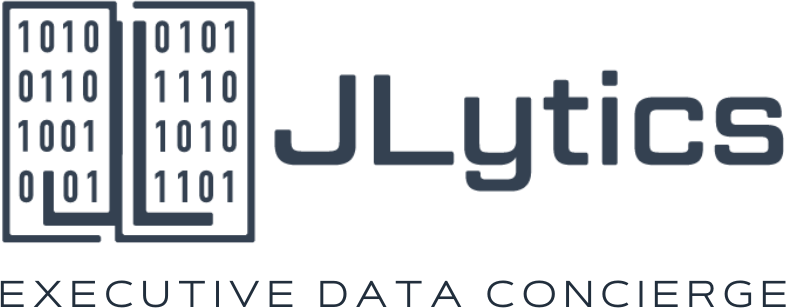Data is the lifeblood of modern research, but obtaining the right datasets for your specific project can be challenging. Whether you’re conducting academic research, market analysis, or developing new products, having access to high-quality, relevant data is crucial for success. This article outlines effective strategies for researchers to request and obtain the data they need.
Request Data from Internal Stakeholders
Internal data sources are often the most accessible and relevant starting point for many research projects. These stakeholders already understand your organization’s goals and may be more willing to share information than external parties.
When approaching internal stakeholders:
- Clearly define your research objectives and the specific data points you need
- Explain how your research will benefit the stakeholder’s department or the organization as a whole
- Address any privacy or security concerns upfront
- Provide a realistic timeline for how long you’ll need access to the data
- Offer to share your findings or insights gained from analyzing their data
Remember to follow your organization’s data governance policies and obtain proper approvals before accessing sensitive information. Building relationships with data owners across departments can streamline future requests and foster a collaborative research environment.
Source Data from Vendor/Partners
Business partners and vendors often collect valuable data that can complement your internal datasets. These relationships present unique opportunities to access specialized information that may not be available elsewhere.
Effective strategies for sourcing data from vendors and partners include:
- Review existing contracts to identify data-sharing provisions already in place
- Propose mutually beneficial research collaborations where both parties gain insights
- Consider offering compensation or other value exchanges for valuable datasets
- Establish clear data usage rights and confidentiality agreements
- Request sample datasets before committing to larger data purchases
When negotiating with partners, emphasize how your research might strengthen the partnership or provide insights that benefit both organizations. Be prepared to sign non-disclosure agreements and follow any usage restrictions imposed by the data provider.
Acquire External Data from Data Vendors
For data that can’t be sourced internally or through partnerships, specialized data vendors offer extensive datasets across virtually every industry and research domain.
When working with data vendors:
- Research multiple vendors to compare offerings, pricing, and data quality
- Request detailed data dictionaries and sample datasets to evaluate relevance
- Verify the vendor’s data collection methodology and update frequency
- Negotiate flexible licensing terms that allow for your specific research uses
- Consider both one-time purchases and subscription models depending on your needs
Be specific about your requirements to avoid paying for unnecessary data points. Many vendors offer customized data packages tailored to specific research questions. Also, explore academic discounts if your research is for educational purposes.
Set Up Data Collection Methods within Marketing or Operations or Other Departments
Sometimes the data you need doesn’t exist yet and must be collected directly. Working with various departments to establish new data collection processes can fill these gaps.
When setting up new data collection methods:
- Collaborate with department heads to design collection methods that don’t disrupt workflows
- Develop clear protocols for what data to collect and how to format it
- Implement quality control measures to ensure accuracy and completeness
- Create training materials for staff involved in data collection
- Use automation tools where possible to reduce manual entry errors
Consider starting with small pilot projects to demonstrate value before scaling to larger data collection efforts. Provide regular updates to participating departments to maintain engagement and ensure continued cooperation.
By systematically approaching these four avenues for data acquisition, researchers can build comprehensive datasets tailored to their specific research questions. Remember that persistence and clear communication about your research goals are key to successful data acquisition.
***



